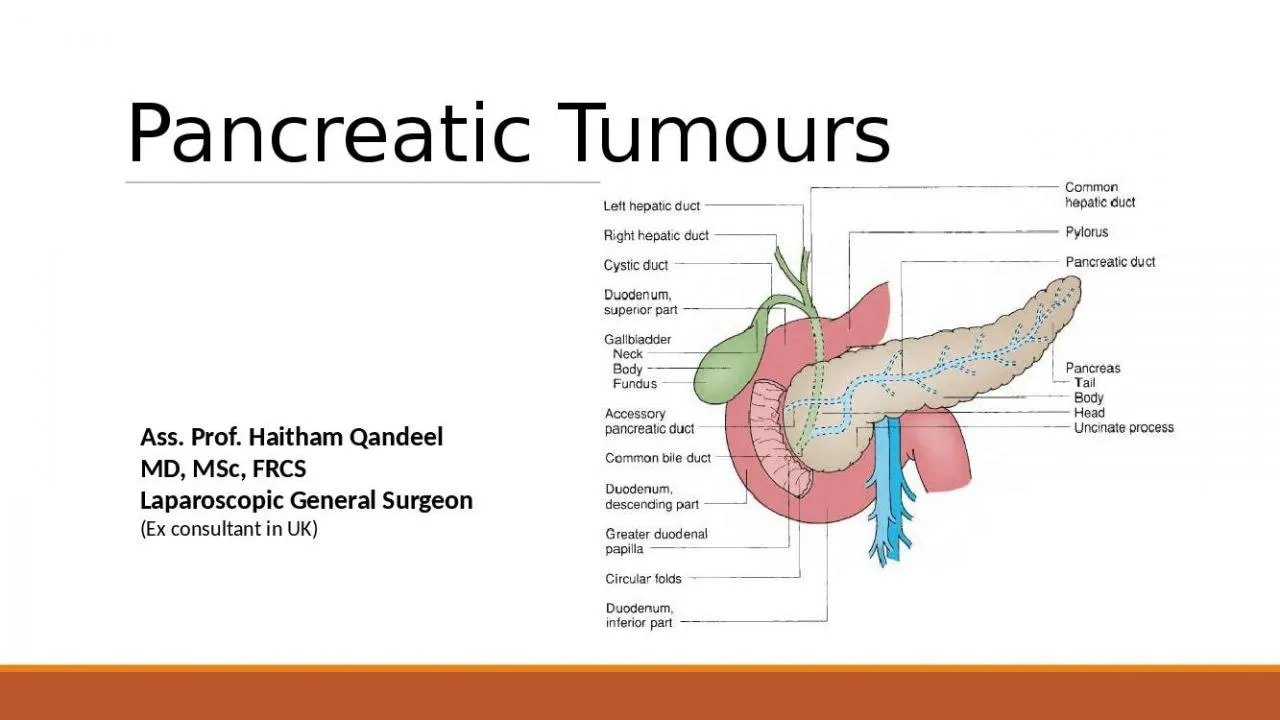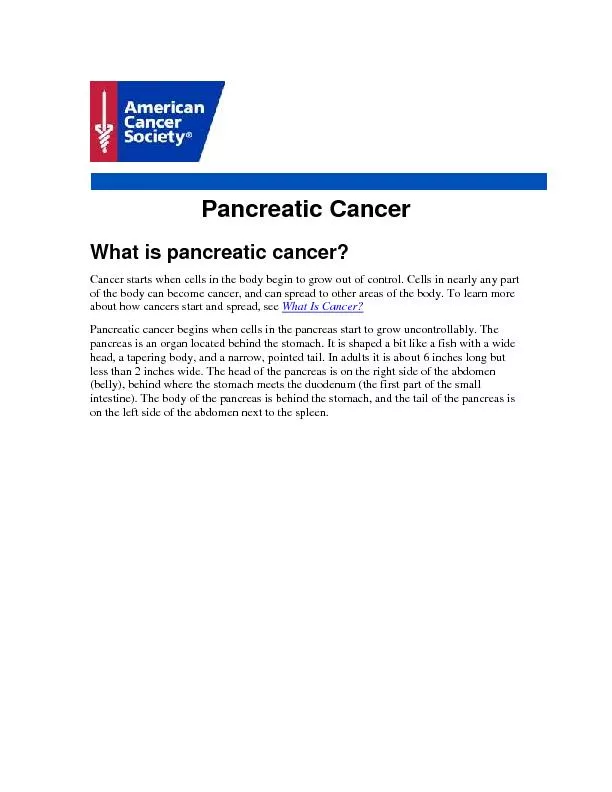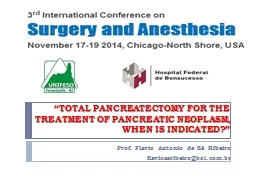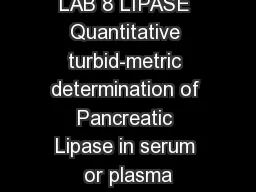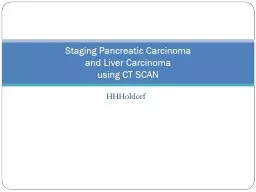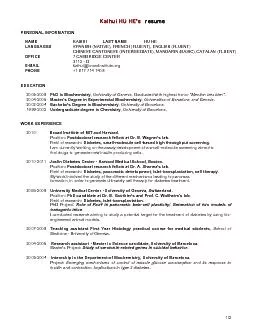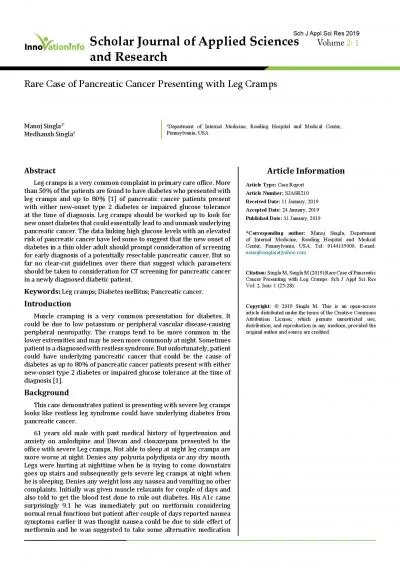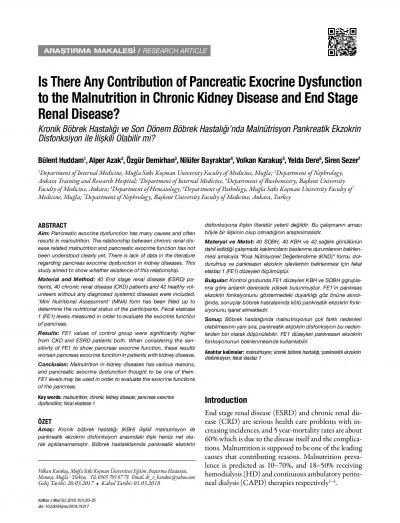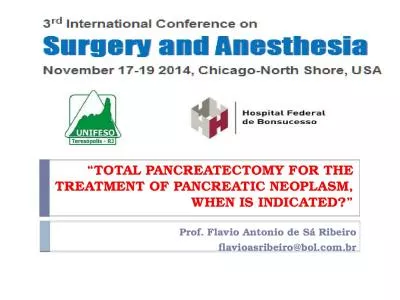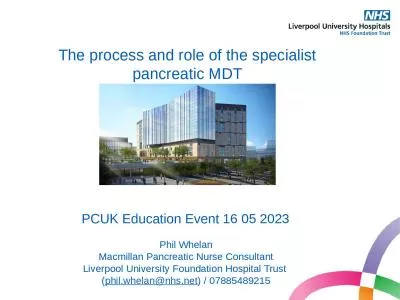PPT-Pancreatic Tumours Ass.
Author : jordyn | Published Date : 2022-02-16
Prof Haitham Qandeel MD MSc FRCS Laparoscopic General Surgeon Ex consultant in UK STRUCTURE AND HISTOLOGY The pancreas has two major components the exocrine
Presentation Embed Code
Download Presentation
Download Presentation The PPT/PDF document "Pancreatic Tumours Ass." is the property of its rightful owner. Permission is granted to download and print the materials on this website for personal, non-commercial use only, and to display it on your personal computer provided you do not modify the materials and that you retain all copyright notices contained in the materials. By downloading content from our website, you accept the terms of this agreement.
Pancreatic Tumours Ass.: Transcript
Download Rules Of Document
"Pancreatic Tumours Ass."The content belongs to its owner. You may download and print it for personal use, without modification, and keep all copyright notices. By downloading, you agree to these terms.
Related Documents

